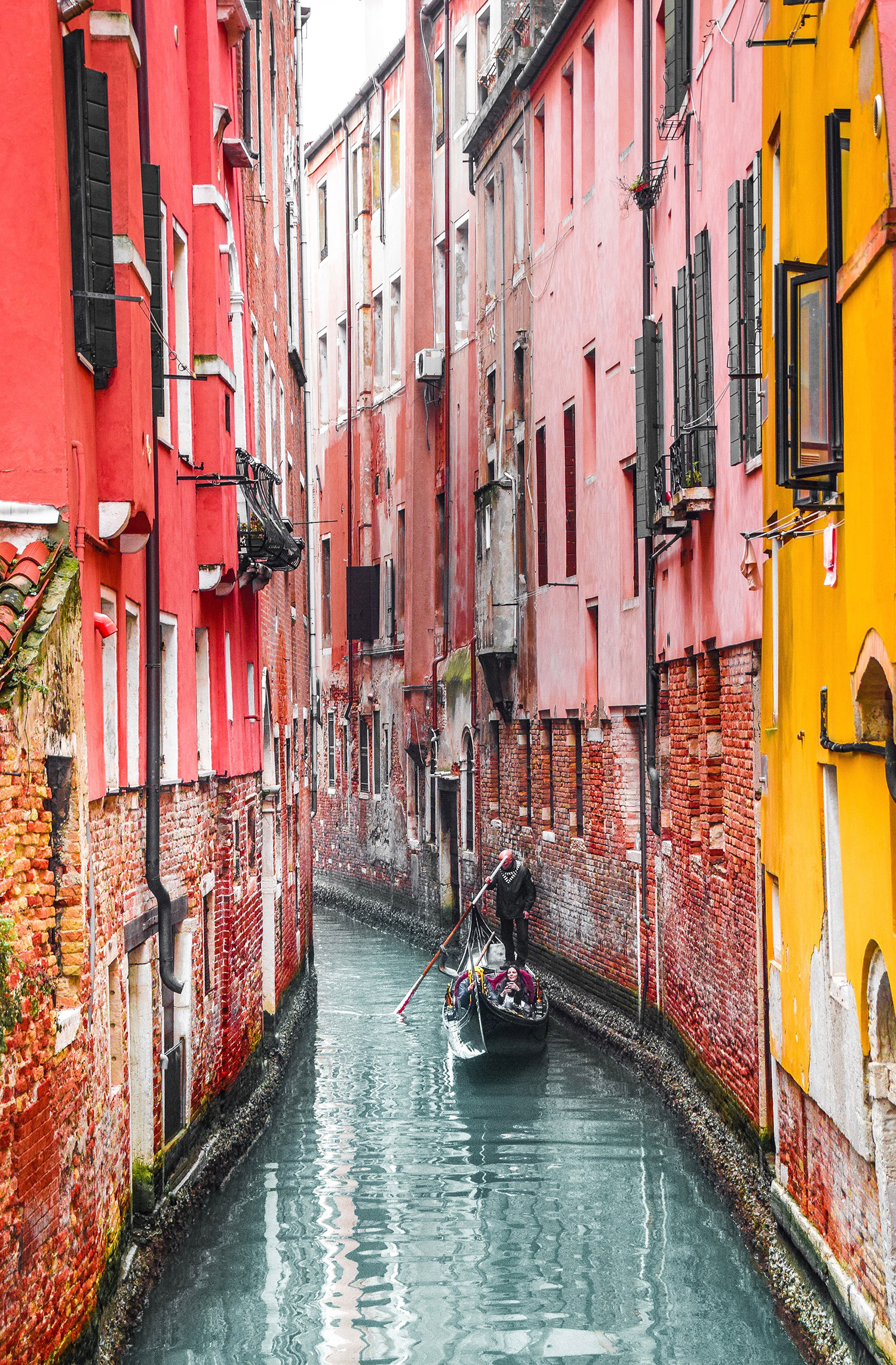What Are Destinations Actually Doing to Become More Sustainable?
Learning from best practices in Europe
Nowadays, sustainability is becoming more and more wide-spread and being discussed more frequently. However, talking about it is not enough. Instead, we need to act on all the promises that are being made, which is why I wanted to look at what several destinations are already doing to strive toward a more sustainable future. In 2019, the European Union (EU) launched the "European Capital of Smart Tourism" award, which intends to advocate for smart tourism in the EU by raising awareness and honoring achievements. Furthermore, it aims to boost destinations through best practice sharing, particularly regarding sustainability, thereby opening doors for collaboration (1). In this article, we share some examples mentioned in the initiative's compendium of best practices (2) that allow us to get a better understanding of what steps are already being taken by destinations in the EU to become more sustainable.
Ella Pommeranz
While these measures have been taken at a city level, what does this mean for us as travellers? For one thing, we should support those initiatives by using more public transportation instead of cars or planes, and by finding destinations off the beaten path to avoid overtourism and spread the possible positive impacts of tourism.
Sustainability entails not only environmental aspects but also economical and socio-cultural development, and the balance of these three elements (3). Tourism seasonality, the involvement of the local community, tourism employment, and a diversification of local economies are all important aspects that need to be kept in mind in order to achieve sustainable tourism. Check out our other blog posts to learn more about sustainable development and sustainable tourism!
What are cities doing to combat climate change? – Next stop: Genoa, Italy!
The city of Genoa, Italy, made it its goal to demonstrate how convenient it may be to leave cars at home and travel on foot by launching Metrominuto Tour and Maps. This is a map where the destination’s most important attractions are shown as stops on several pedestrian lines that are connected to a network similar to that of public transportation. By using pedestrian routes, Genoa has given people the chance to (re)discover the city in new ways and challenged how people think about travel and their relationship to private vehicles.
Another approach can be found in Spain. As the first Spanish city to provide its inhabitants with free public transit service, Marbella has done its part to encourage the use of these more environmentally friendly modes of transportation. As a result, more people now use public transportation than private transportation. It now remains to be seen if more cities will follow in these steps.
Bordeaux is setting an example when it comes to including more citizens in sustainable issues since it aims to foster a discussion with the locals and visitors through surveys about how the public views tourism, open public forums, and focus groups that gather to discuss a long-term sustainable tourism plan.
By bringing people together, cultural places and festivals can serve as catalysts for sustainable development. Denmark's most sustainable festival, NorthSide, is held in Aarhus, and the event's organizers have made sure that green alternatives are used for everything, from the event's food and trash management to its power supply, which is powered exclusively by green electricity.
Last but not least, I am sure you have already heard of the example of Venice, which has recently introduced a booking system and entry fee for day-trippers to manage the inflow of tourists as it has been suffering from overtourism for years (4). Similarly, Palma, the capital of the Spanish island of Mallorca, has started levying a "sustainable tourism tax" on visitors that goes toward funding scientific research, education, and employment, as well as the preservation of the island's natural resources. The duty of protecting nature in a tourist location is thus shared by involving the visitor in the reduction of the carbon footprint created by the industry.
Preserving the natural environment – "Adopt a tree, help Athens stay green"
With this catchy slogan, Athens has started to annually plant around 600 trees to protect and improve the natural environment. But in order to safeguard the trees from weather events and to maximize their environmental benefits, the trees still need to be watered 3–4 times each week. In order to help construct the most effective methods of keeping the trees, Athens established the Adopt-a-Tree programme and issued a map with the co-operation of its citizens that displays the coordinates of all the city's trees, their characteristics, and a timetable of when trees are watered. People can locate a tree and commit themselves to watering it with the Novoville app. Doesn't this sound like the perfect job for all those plant lovers out there?
Dispersal of tourists – Wandering off the beaten path
I am sure you have experienced this before: You are wandering around the narrow streets of a seaside town but, instead of enjoying the tranquility and peace that these destinations might offer, you have to fight your way through the masses of tourists who had the exact same idea as you. That is why Porto has encouraged the dispersal of visitor flows as well as pushed for the lengthening of stays in order to ease pressure on the regions and facilities that are in high demand. Decentralizing tourist lodging and dispersing marketplaces have also reduced socio-spatial imbalances by generating new centers of interest and attractions.
What can we do?
While these measures have been taken at a city level, what does this mean for us as travellers? For one thing, we should support those initiatives by using more public transportation instead of cars or planes, and by finding destinations off the beaten path to avoid overtourism and spread the possible positive impacts of tourism. There are many small steps that one can take to do their part in the fight against climate change, so it does not seem too overwhelming to start.
In our next article, we will pay closer attention to Slovenia, which is one of the headquarters of the Travel Different project and has been recognized for its outstanding actions in regard to sustainability. While it may often be overlooked or is not even well known by most, the country stands out with many surprising and inspiring sustainable measures.
References
- European Commission. (n.d.). European Capitals of Smart Tourism. Retrieved August 19, 2022, from https://smart-tourism-capital.ec.europa.eu/leading-examples-smart-tourism-practices-europe_en#:~:text=The%20compendium%20aims%20at%20raising,of%20tourism%20in%20the%20EU.
- European Commission. (n.d.). Compendium of Best Practices. Retrieved August 19, 2022, from https://smart-tourism-capital.ec.europa.eu/system/files/2022-05/Best%20Practice%20Report_2022_Update.pdf.
- UNWTO. (n.d.). Sustainable development. Retrieved August 20, 2022, from https://www.unwto.org/sustainable-development.
- Buckley, J. B. (2022, April 22). Venice to charge daytrippers up to €10 to enter in 2023. CNN. https://www.cnn.com/travel/article/venice-entry-reservation-fee/index.html.




